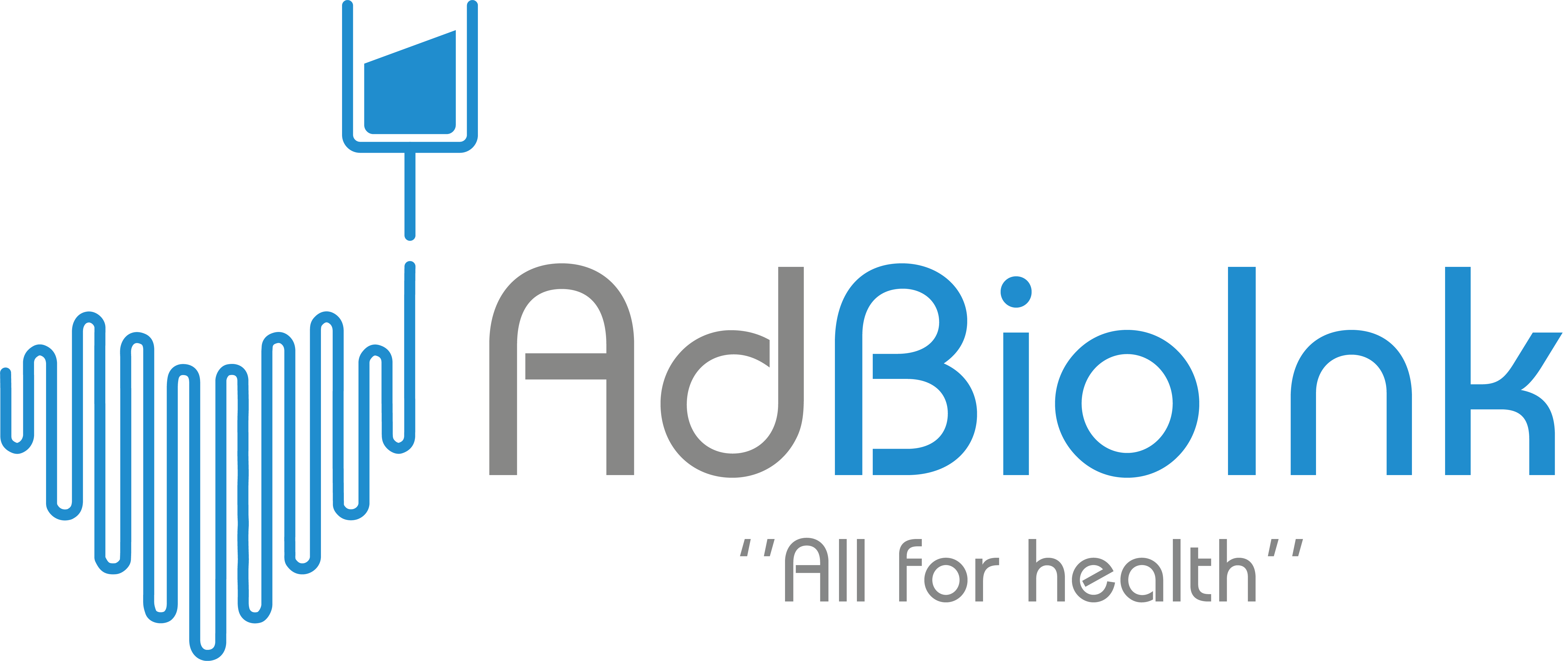AdbioInk FAQ
Bioinks are natural or synthetic materials used to produce artificial live tissue using 3D bioprinters. They are the filament of bioprinters. These materials mimic the extracellular matrix (ECM) to support the adhesion, proliferation, and differentiation of living cells. Bioinks provide the environment that cells need to live, grow, and create functional 3D tissue. They are chosen for their biocompatible components and favourable rheological properties.
A bioink should be suitable for cell-cell and cell-bioink interaction and also should lead to tissue formation by ensuring that the components in the cell culture environment reach the cells. They must be degradable and provide a suitable environment for the production of the ECM by allowing the cells to differentiate and reproduce. The bioink components and cross-linking agents used must not have toxic effects. Additionally, a bioink should have physicochemical properties that will allow the targeted tissue structure to be formed with bioprinter.
Researchers can synthesize their own bioinks in labs, but it is difficult to obtain bioinks with the same properties for every study. The most reliable option for optimization is commercial bioinks. Adbioink produces broad-spectrum bioinks with optimized formulations that guarantee the viability of cells before, during and after the bioprinting process. These formulations also provide all properties that a bioink should have.
Bioprinting is the creation of complex biological structures (tissue, organs) layer by layer by the precise positioning of living cells in a 3D printing process. In the creation of biological structures, several approaches are available; such as biomimicry, self-assembly and mini-tissue building blocks. Cells must be able to maintain their viability during the process while biological structures are being formed.
Biomimicry aims to produce biological structures with the same properties as the real biological structure by examining the nature and functionality of cells. Self-assembly aims to provide the same structural features, cell localization and tissue functionality as the real biological structure by examining the interactions of cells with each other. The term mini-tissue refers to tissues or organs obtained by combining small functional building blocks, in conjunction with the above two strategies.
Bioinks are considered as one of the most advanced materials for tissue engineering and regenerative medicine. These are formed by combining cells and different biocompatible materials, which are printed in specific shapes to create tissue-like, 3D structures. Some types of bioinks have been used in endothelial cell morphogenesis, bone differentiation, injectable tissue constructs, epidermal tissue, cardiomyocytes and cartilage regeneration. They have also been used in microspheres and hydrogels for drug delivery applications. If you want to work on 3D structures that simulate the human body with living cells, you can take the first step in your work by purchasing bioinks.
Today, bioinks play a leading role, especially in artificial organ and tissue studies, and clinical tests in medicine and cosmetics. In the future, the need for donors in organ transplantation will decrease because the artificial organs and tissues created by 3D bioprinting of bioinks obtained from culturing the patient’s own cells will be used for transplantation. Also, there are cosmetic companies that are starting to apply tests on tissues produced with bioprinting technology. In addition, the increase in the use of bioprinting technology in the near future may reduce the number of laboratory animals used for testing purposes.
3D bioprinters are a type of printer that utilizes cells, bioactive molecules or biomaterials as printer ink. They are used in the fields of artificial organ and tissue production and require multidisciplinary work. There are many types of 3D bioprinters. Inkjet-based, extrusion-based, laser-based and stereolithography are the most widely preferred bioprinting methods. The bioinks we produce can be easily used in all types of bioprinter that can print cells.


